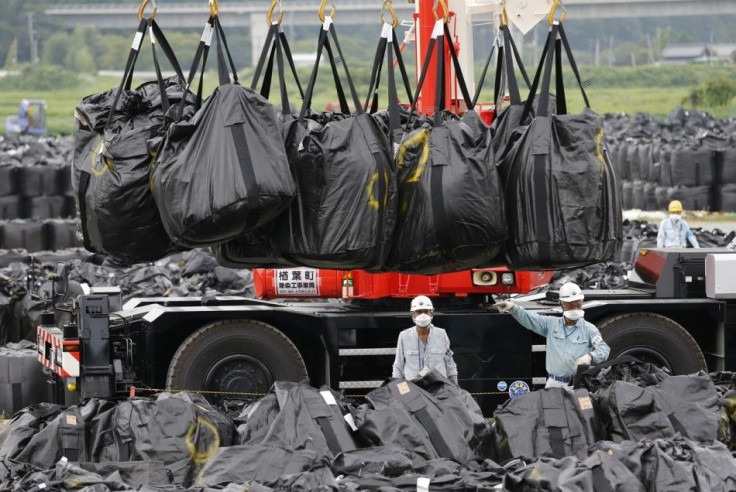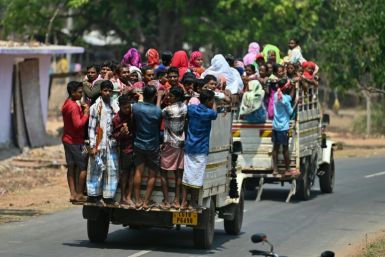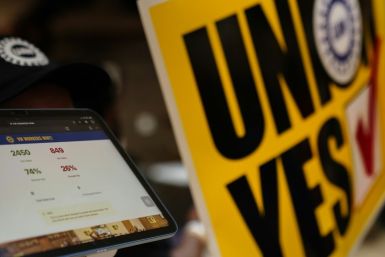Labor supports radioactive waste dump proposal; SA government’s response conditional

Labor Party has come in favour of the radioactive waste dump proposal as soon as the six locations for its establishment were announced.
Opposition resources spokesman Gary Gray said that the six sites selected for the purpose were “measured and thoughtful.” He told Sky News on Friday that it was the responsibility of the higher authorities to store the materials properly and manage them well at a correct consolidated location.
The six possible locations for the radioactive waste dump collection as proposed by the federal government include Cortlinye, Barndioota, and Pinkawillinie in South Australia, Hale in NT, Sallys Flat in NSW and Oman Ama in Queensland. Three out of the six sites -- Cortlinye and Pinkawillinie near Kimba on the Eyre Peninsula, and Barndioota near Hawker towards the north of Port Augusta --are located in the South Australian region.
But the South Australian government seems to have a negative response to the proposal regarding storage of nuclear wastes. Premier Jay Weatherill said that until the Nuclear Fuel Cycle Royal Commission provides its findings in 2016, the SA government will not agree on establishing the site in the region. He stated that though the state law does not allow housing a radioactive waste dump currently, the government is open to reconsidering the proposal.
“I established the royal commission so I am open to South Australia expanding its role in the nuclear fuel cycle,” the ABC quoted Weatherill as saying. “Obviously this is one of the early potential opportunities that may exist for South Australia should we take that position. But there’s a long way to go, the royal commission hasn’t yet published even its draft findings and its final findings are expected in the first half of next year,” he said, referring to the awaited findings of the commission in 2016.
In 2010, then-premier Mike Rann implemented laws to prevent nuclear waste depository from getting established in the SA region. Weatherill said that those laws need to be canceled prior to furthering any plans related to the federal government’s proposal.
Contact the writer at feedback@ibtimes.com.au, or let us know what you think below.






